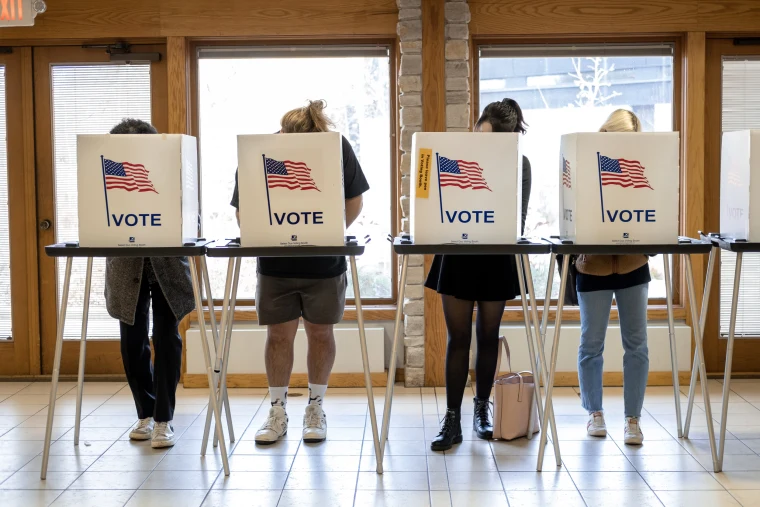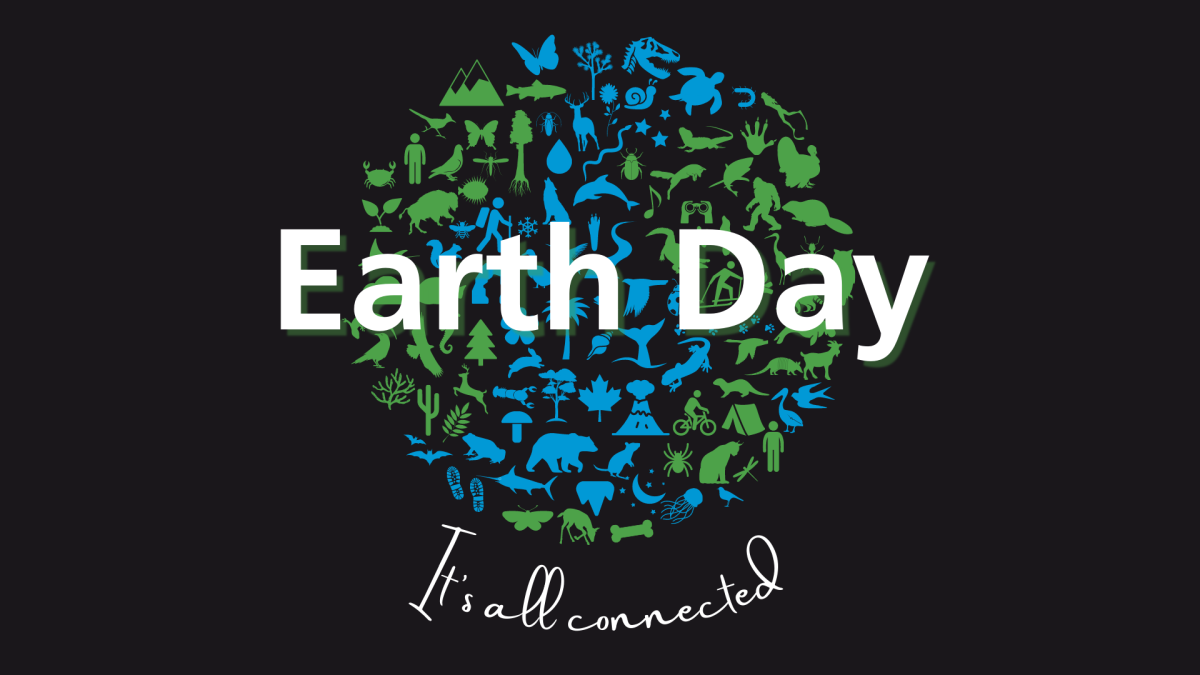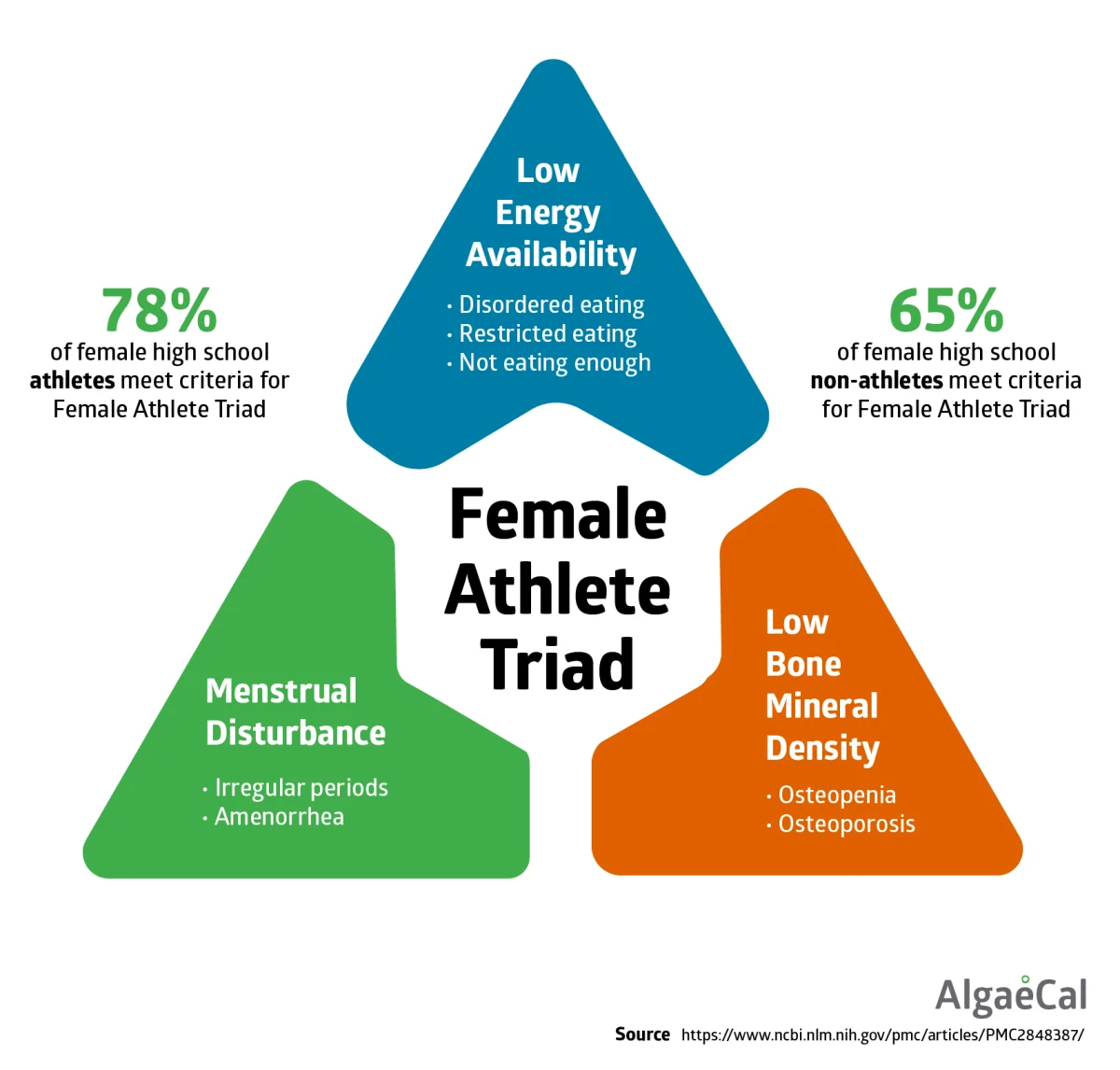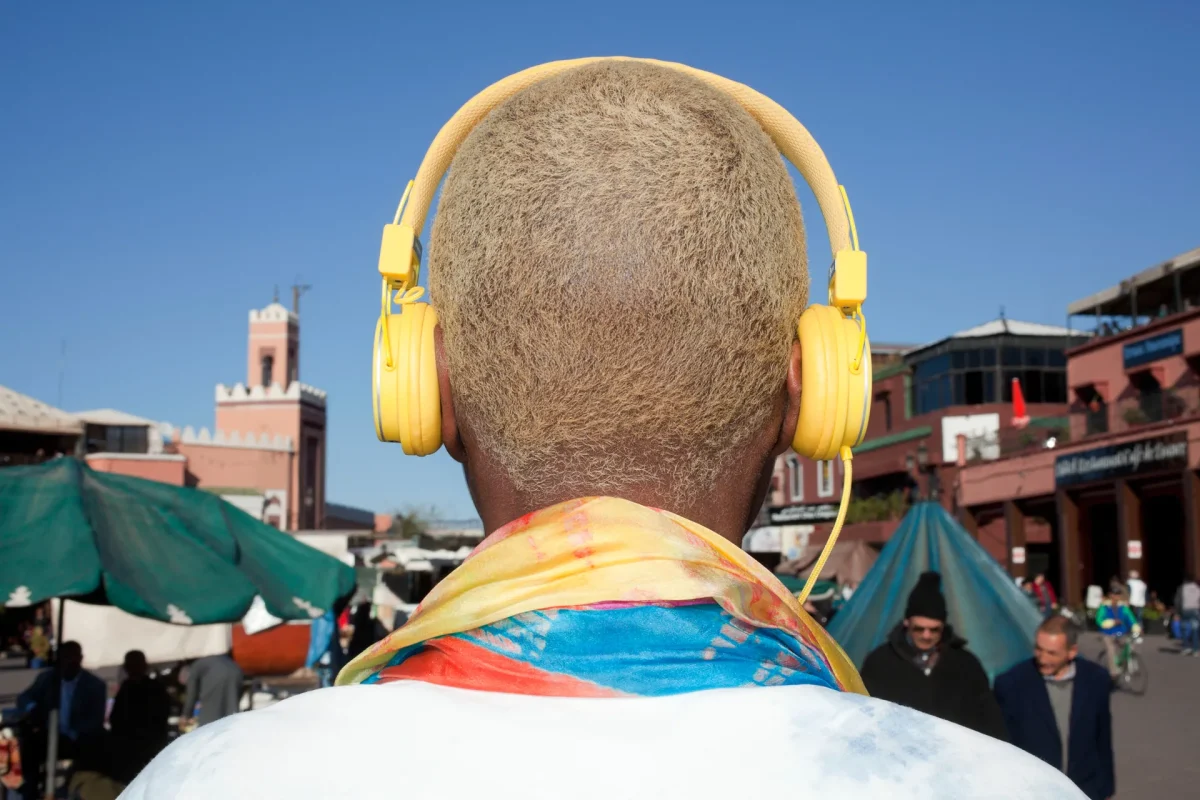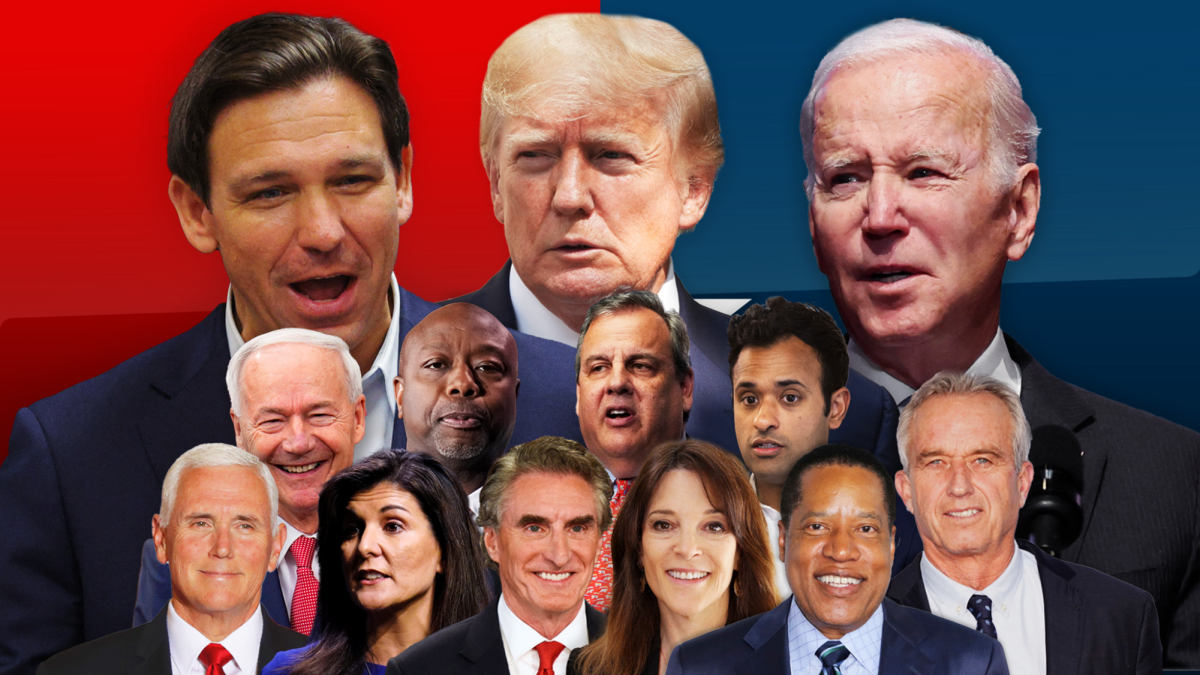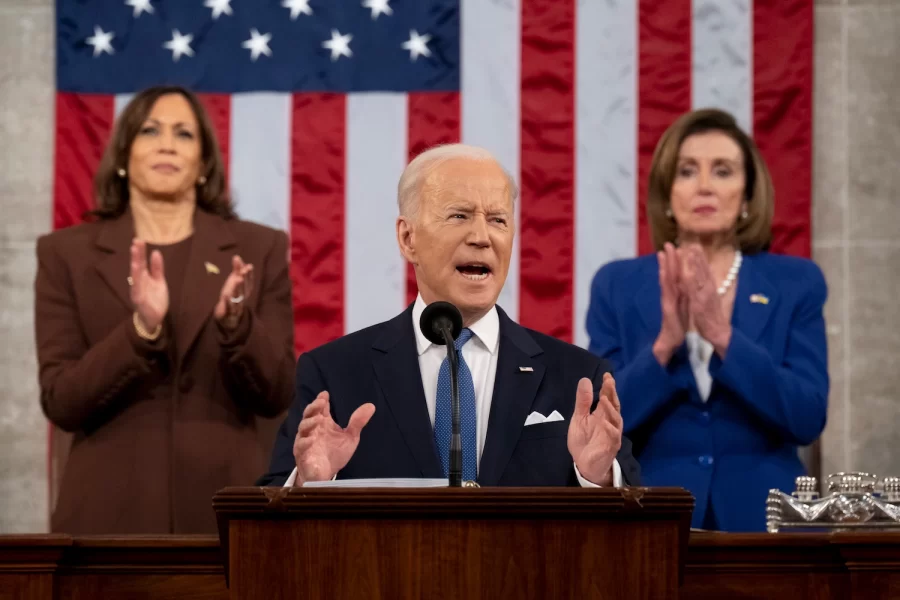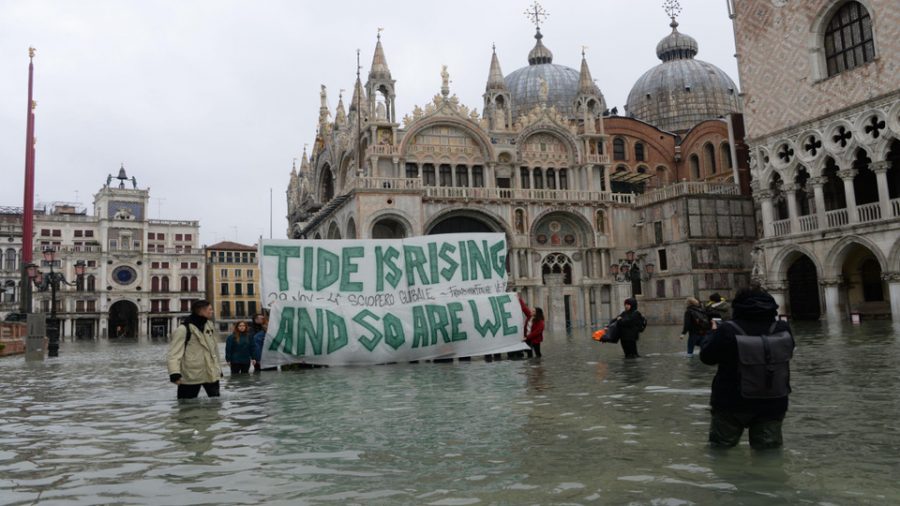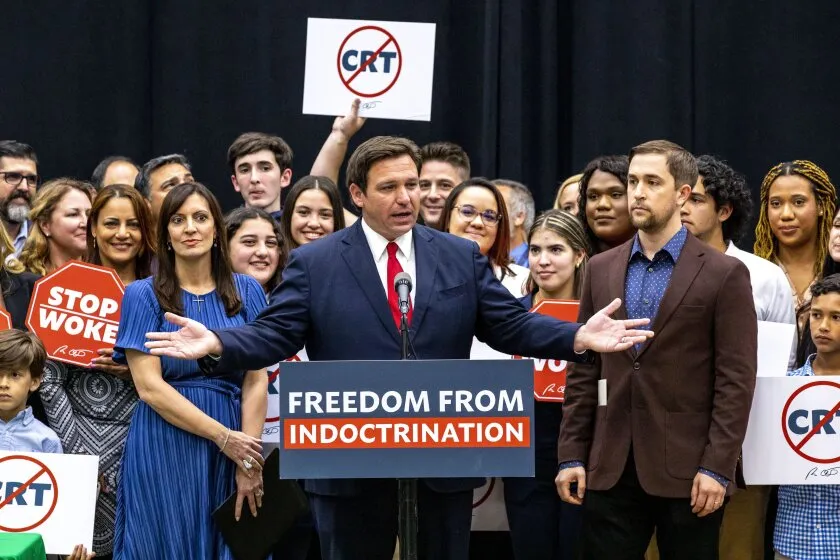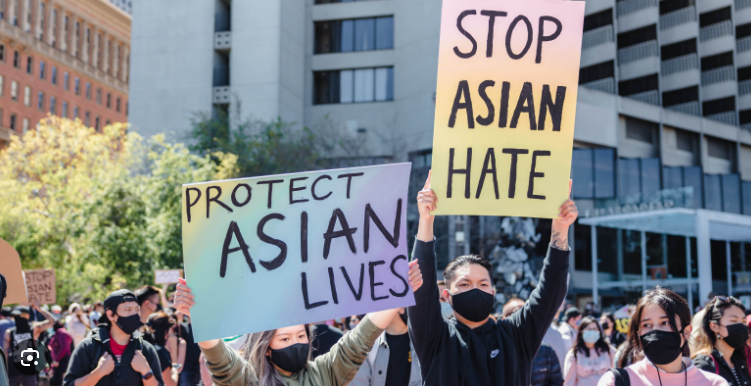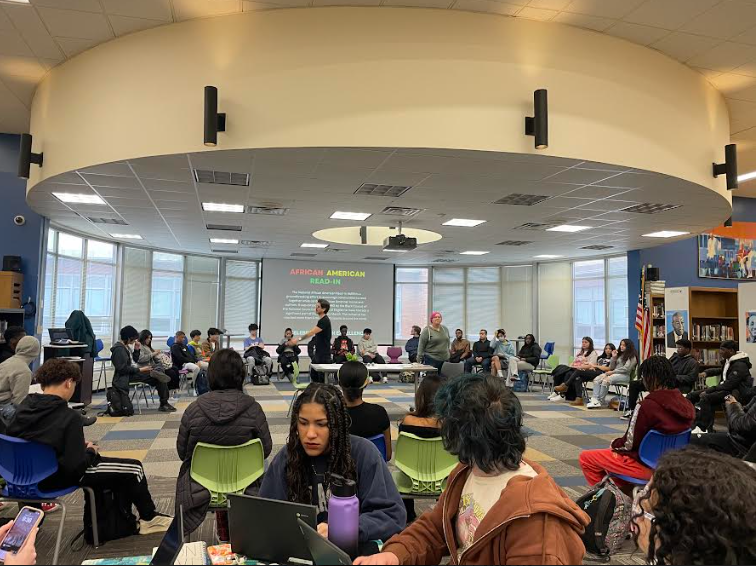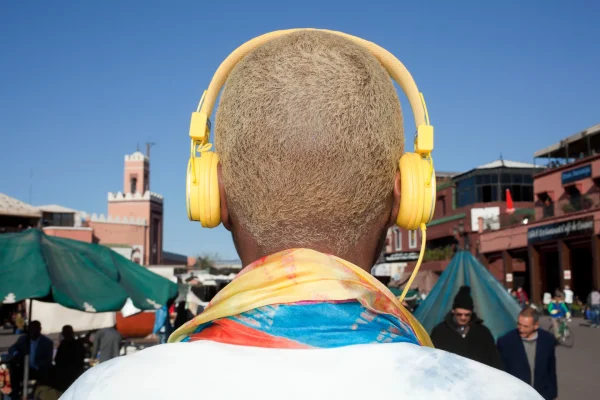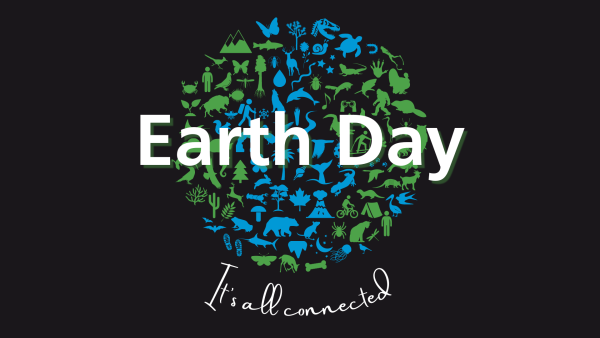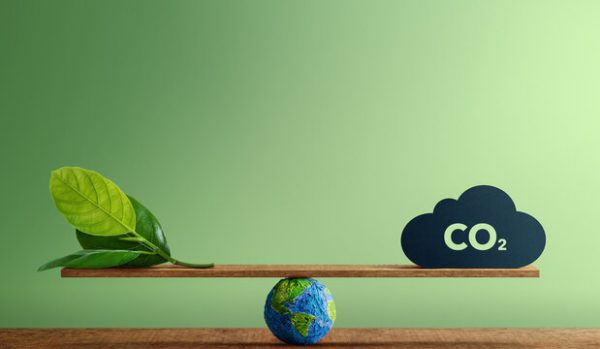Climate Justice: Ensuring a Fair and Sustainable Future for All
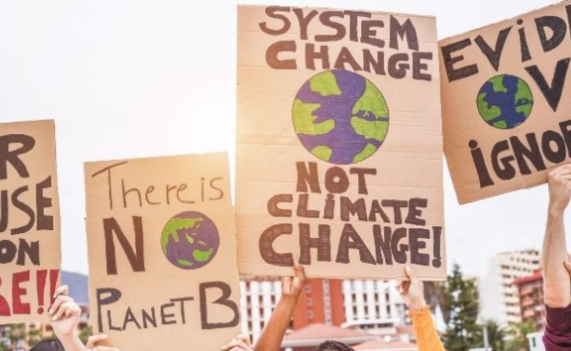
Climate change has in the last two decades emerged as one of the most pressing challenges facing humanity. Increasing global temperatures, rising sea levels, melting glaciers, and a greater frequency of weather extremes are all adverse effects of climate change that are affecting the survival and well-being of millions of people around the globe.
The burden of climate change, however, will not be shared equally because the impacts of climate change will vary greatly due to factors like location, income, and policies that determine the climate vulnerability of a country or a community. In this regard, climate justice is a key concept that seeks to recognize the differential impacts of climate and the need to address related issues of social equity. This article will discuss the topic of climate justice and ways to achieve it.
Background
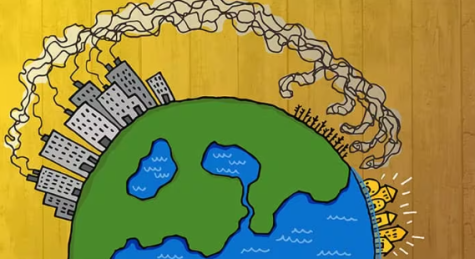
The origins of contemporary anthropogenic climate change can be traced back to the Industrial Revolution. In the 1700-1800s, many European countries and the United States began to burn coal to power their factories. Burning fossil fuels like coal and, later, petroleum, released gasses such as carbon dioxide, carbon monoxide, and sulfur dioxide into the atmosphere. These gasses, called “greenhouse gasses,” absorb heat and contribute to the increasing temperature of the planet.
As a result of the increase in the pace of industrialization, the concentration of greenhouse gasses in the atmosphere has continued to climb. For instance, in just 200 years, the concentration of carbon dioxide in the atmosphere has increased from 280 ppb (parts per billion) to about 420 ppb today.
Most of the emissions that have caused this massive increase in CO2 concentration have been made by developed countries in the West. Climate justice means that these countries should bear most of the burden of lowering greenhouse gas emissions. In other words, the targets for emissions reduction should take into account the national contribution to emissions, historically and at present. This is important for ethical reasons besides being in accordance with the “polluter pays principle” utilized widely in environmental policymaking.
Having different emissions reduction targets for different countries according to their development status is also important for other reasons. For instance, it makes little sense for countries of Africa to lower their emissions by the same extent as countries in Western Europe and North America because of the former’s small carbon footprint.
In fact, if countries in Africa and other parts of the developing world are to improve the living standards of their citizens and tackle poverty, their energy use should increase (which will mean increased emissions, at least in the short term). A person in sub-Saharan Africa, on average, consumes about 165 kWh annually, compared to 12,700 kWh for a person in the US. In other words, an American consumes about seventy times more energy annually than an African. Given this disparity, doesn’t it make sense to have different emissions reduction targets for the two regions?
Climate Justice: A Multi-level Challenge
Climate justice is a concept not only relevant to the relations between nation-states; it is also an issue highly relevant to communities at regional and local scales. We can view climate justice as a three-legged stool consisting of equity, participation, and human rights.
- Equity: There are communities in every nation that have suffered from injustice on account of their ethnicity or social identity. For instance, minority communities in the US have historically suffered from higher levels of pollution. Similarly, there are indigenous communities that are heavily reliant on natural resources for their subsistence. For example, the Inuit in Alaska depend on hunting seals for their food. Due to climate change, hunting has become unpredictable, which has led to an increasing reliance on processed foods among native communities. These vulnerable communities should receive greater economic and technological assistance to counter the effects of climate change.
- Participation: Marginalized communities have historically been excluded from the corridors of power and have a limited role in decision-making. This needs to change so that these communities are considered stakeholders in climate negotiations and scientific investigations. This means recognizing the value of indigenous knowledge and the role that these communities can play in mitigating climate change due to their long history of inhabiting ecologically sensitive places, which in turn has led them to amass knowledge of their environment and develop traditions to maintain a harmonious relationship with nature.
- Human rights: The right to preserve and promote the physical, social, cultural, and spiritual well-being of different communities should be recognized as an inviolable human right. The highly endangered communities of low-lying island states such as Kiribati and Nauru in the Pacific or Maldives in the Indian Ocean should get special assistance to protect themselves from the threat imposed by rising sea levels. Similarly, indigenous peoples and communities of color that have a history of persecution and marginalization should receive special consideration in climate policies being devised to fight climate change.
What can be done to ensure climate justice?
The goal of climate justice can be served by following policies rooted in respect for national sovereignty and cultural diversity. At the international level, developing nations should have a seat at the negotiating table to voice their concerns and articulate policies that protect their interests.
Developing countries have proposed policies like the Common but Differentiated Emissions Reduction Target (proposed by India) for countries at different levels of development. Another crucial aspect is technology transfer, namely, the transfer of cutting-edge renewable energy technologies from developed countries to developing countries which can help these countries move away from using fossil fuels to meet their energy needs.
Often, wealthy countries are reluctant to share their best technologies because of patents and other restrictions. This mindset has to change in order for developing countries to develop sustainably and reduce greenhouse gas emissions.
At the national, regional, and local levels, communities have to be empowered to act as their own advocates. This means promoting democratic politics and greater participation and representation of marginalized communities at the policy-making levels. Economic incentives, like energy subsidies, should be provided to help disadvantaged communities to transition to renewable energy.
For instance, several states in the US (including New Jersey) have subsidy programs to help homeowners install rooftop solar panels. However, these programs have traditionally benefited homeowners who tend to be among the relatively well-off sections of the population. There is an urgent need to develop concepts such as “community solar” which can help renters or people living in multi-family houses to switch to solar energy.
Non-governmental organizations (NGOs) can also play an important role in promoting climate justice by promoting education, participation, and advocacy. Examples of such institutions include The Climate Justice Alliance and The Sunrise Movement. These groups are involved in promoting inclusive and equitable climate policies helping frontline communities deal with the challenge of climate change.
In summary, climate justice is a core concept that will need to be addressed if humanity is to successfully fight the challenge of climate change. Policies that focus only on emissions reduction while ignoring social problems of poverty and social and political marginalization cannot succeed.
In other words, environmental or climate issues cannot be dealt with in isolation; they need to recognize the interconnected nature of environmental, social, and political problems. Only if we adopt a holistic approach rooted in respecting the dignity and identity of individuals and communities can we hope to come together to fight the menace of climate change.


